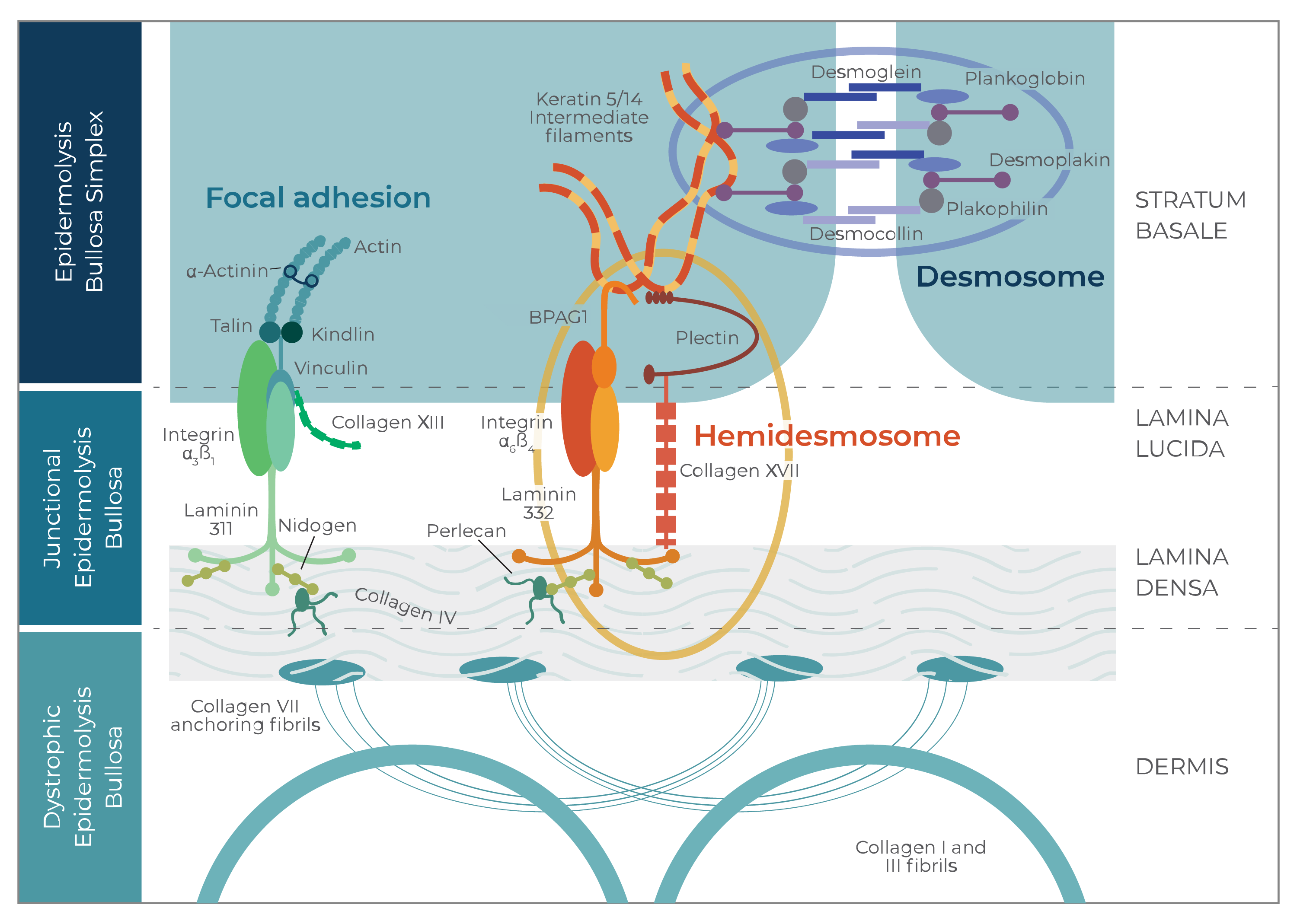Epidermolysis bullosa (EB) refers to a group of rare, genetic, connective tissue disorders that affect the mechanical integrity of the skin. It occurs in approximately 1 in 20,000 to 1 in 50,000 live births. 1,2 It is classified into four major types: simplex (epidermis), junctional EB (partial dermis), dystrophic EB (full dermis), and Kindler syndrome (mixed levels) based on where blistering occurs in the skin, and other factors. 2 Blistering and wounds occur in all EB types but the severity differs. 3
According to debra USA and Stanford Medicine Children’s Health, epidermolysis bullosa simplex (EBS) is the major subtype of EB with an estimated 25,000 to 50,000 in the United States and 70,000 to 90,000 patients worldwide.

EBS is primarily caused by mutations of the Keratin 5 (KRT5) or Keratin 14 (KRT14) gene. At this time there is not a perfect correlation between the location of the genetic mutation and the phenotype (how severe the disease is in an individual). 4
(previously, Weber-Cockayne)
(previously, EBS generalized intermediate, EBS Köbner)
(previously, EBS generalized severe, EBS Dowling-Meara)
*In 2020 a consensus document was published in the British Journal of Dermatology reclassifying EBS into Localized, Intermediate and Severe. 2
References

